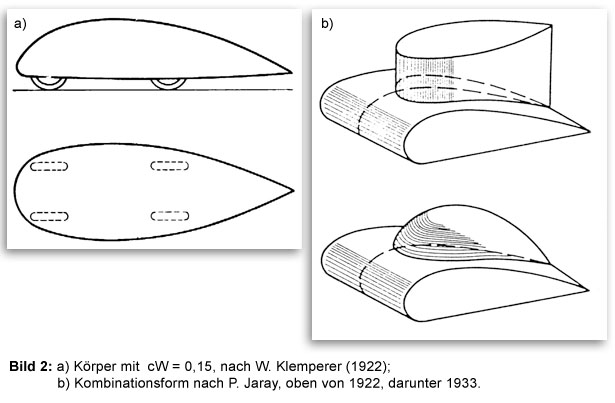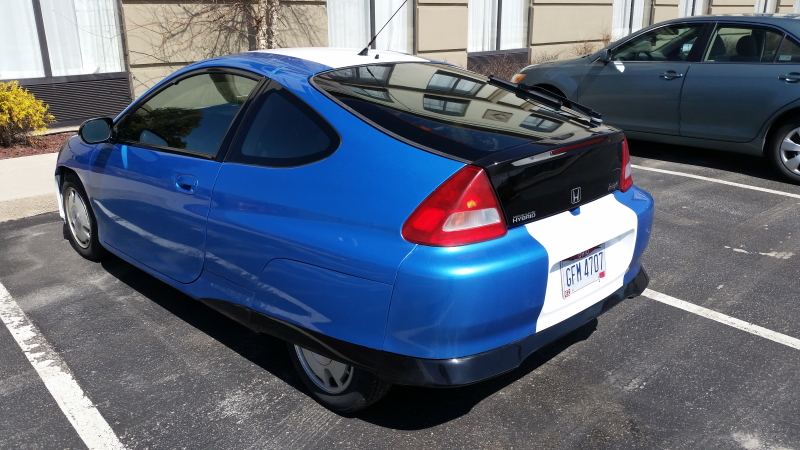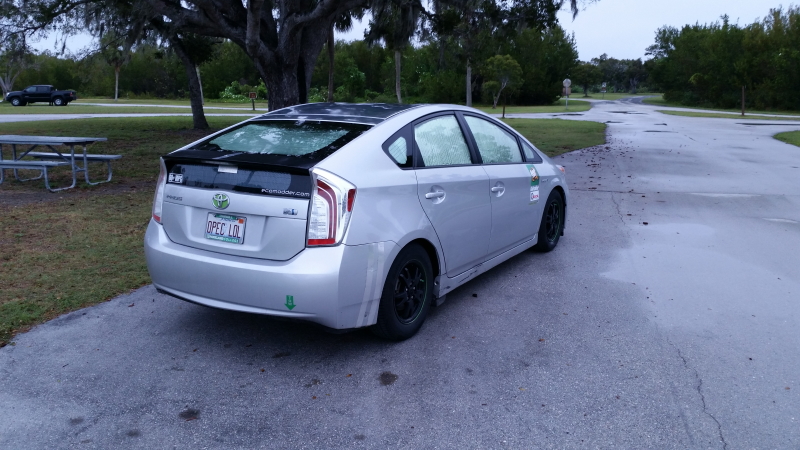Quote:
Originally Posted by Vman455

Browsing through my pictures from the museum, I just realized something--the XL1 uses an evolution of the Jaray two-body form that was put into production for the first time on the pre-war Tatra cars:




But, where those earlier cars use profile taper to a point on the lower body, the XL1 does not--but it does carry over the aggressive plan and profile taper of the upper body. Contrast with a shape more reminiscent of a Kammheck, like the first-generation Insight:

Or better yet, the third-generation Prius:

Kamm's idea was that more gentle taper of the full tail would create more interior volume and make for a more usable car. Jaray's more aggressively-tapered form only really worked when the engine was moved to the back. In fact, I'm struggling to think of an example of a production car using the Jaray form that wasn't rear-engine. |
The 1924 Jaray,DIXI (BMW) was a front-engine car produced,although not a production vehicle.
A front-engined Jaray Ford of Cologne was constructed,although never put in production.
Adler,ditto.
Mercedes-Benz,ditto.
Maybach,ditto.
Auto-Union,ditto.
Carl Breer used it on the 1934-1/2 Chrysler,DeSoto Airflow aerodynamic test mule,of Cd 0.244.
There's a bunch of others,although never 'production' vehicles.It seems,no one was willing to pay Jaray's Streamline Car Corporation for a production license,and soon,du Pont/GM had already steered the entire global automotive market towards design obsolescence,'Paris dress maker' annual styling.People hated the 'look-alike' Jaray body.They preferred war.